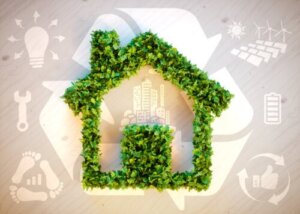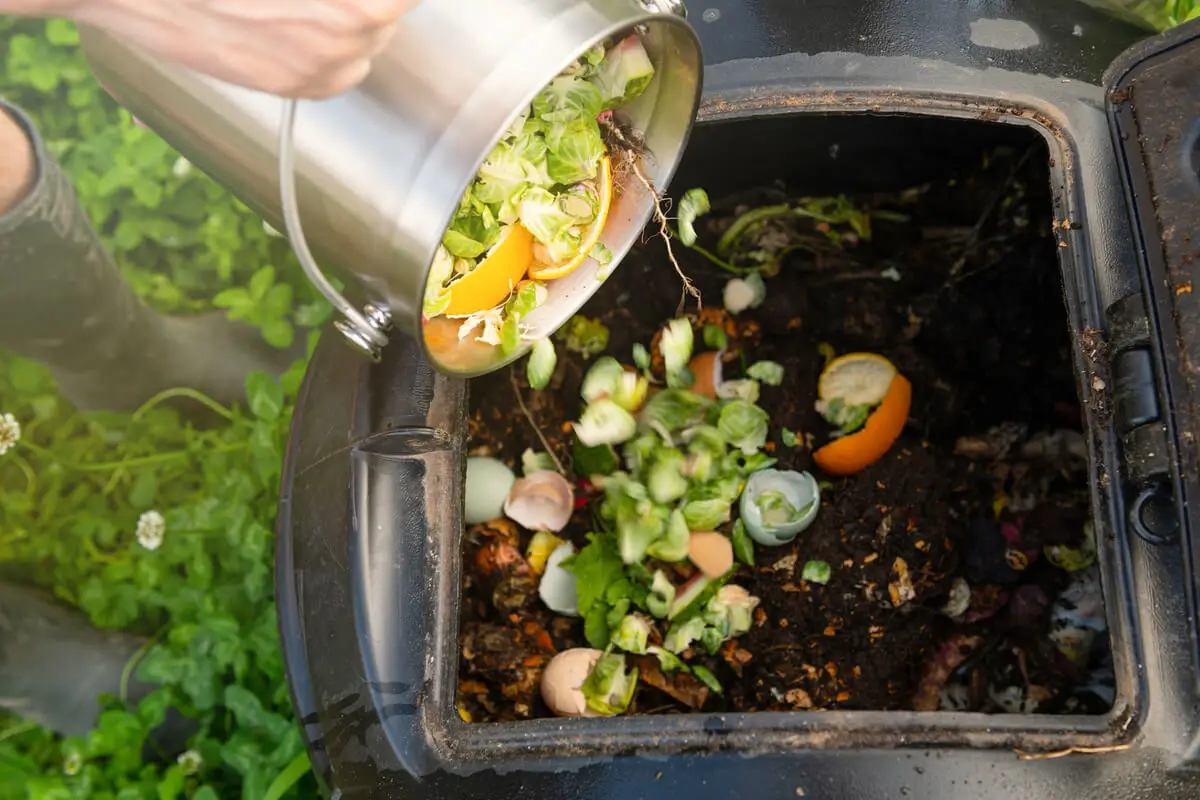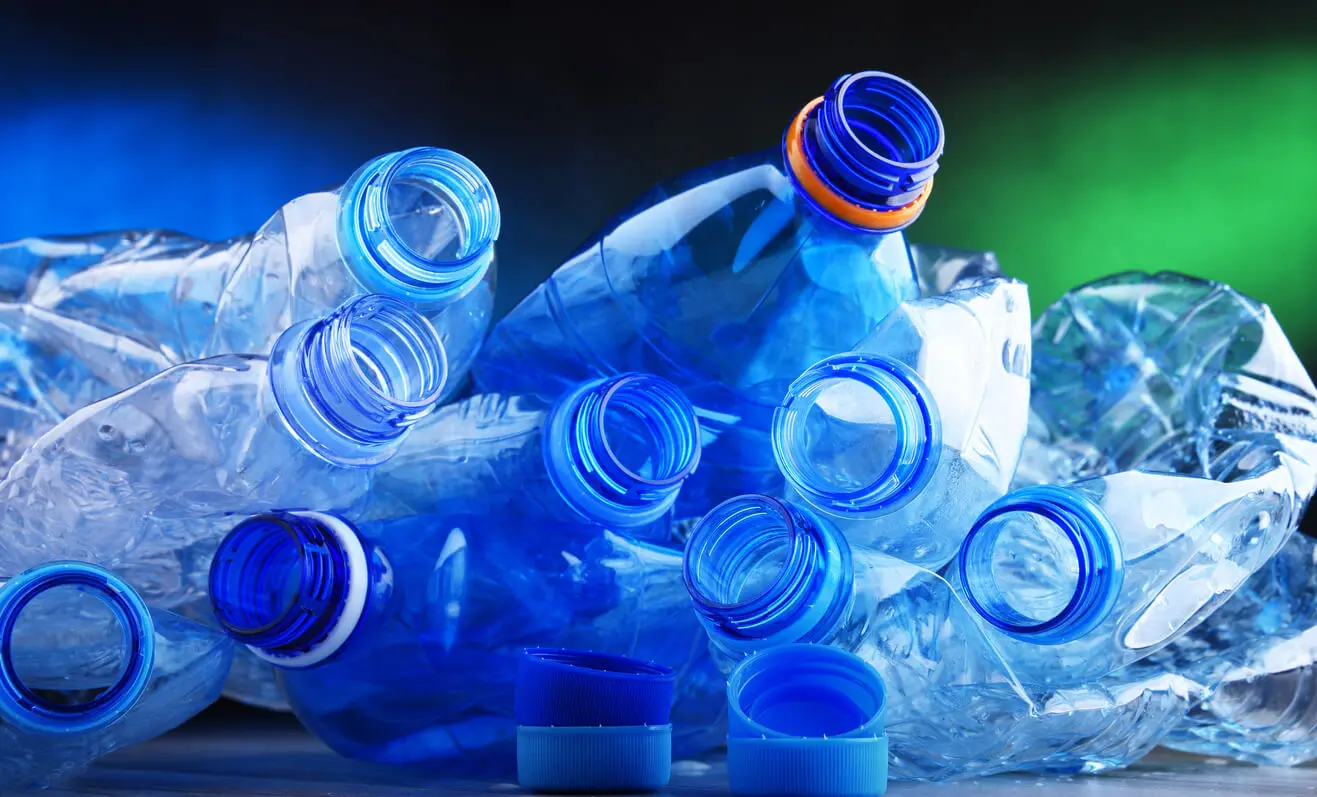5 Recycling Trends That Will Never Go Out of Style

The urgency for humanity to reduce the emissions caused by polluting gases by 2030 is well recognized. There’s increasing scientific evidence that proves a complicated destiny for the planet if specific objectives are not met. For this reason, recycling trends continue to be applied and new measures are appearing that contribute to everyday actions.
Recycling is one of the ways that the majority of the population can contribute to the reduction of global warming, even though profound changes depend on the industrial and energy sector. For the time being, there are a few innovative recycling measures that can be adopted right at home.
The range of products made from recyclable materials is increasing, and so are the consumers who choose to use them. The image of companies that work in an environmentally responsible manner is also gaining a better position in society. Textiles, compost, and even interior furnishings are the stars of many recycling trends.
The 5 most popular recycling trends today
The seriousness of the climate crisis calls for immediate responses. According to a United Nations (UN) report, if the global temperature increase exceeds 1.5 degrees by 2030, the consequences will be irreversible. This is a figure established during the Paris Agreement, in 2015, and ratified at the last COP.
While many of the profound changes have to do with modes of production, there are some individual actions that can be done on a daily basis. One of them is recycling. However, this is no longer limited to the separation of waste or the reduction in the consumption of plastics.
There are several measures taken by government agencies and companies that are aimed at making a contribution to improving a terminal climate context. When it comes to everyday consumption, it’s possible to opt for different products made from recyclable materials.
1. Make your own compost
Agricultural manure and home compost are not one of the most recent recycling trends, but they are an ecological practice that continues. As a healthy household habit, organic waste can be composted to nourish the soil.
Meanwhile, more and more municipalities and states are promoting large-scale compost production. At the same time, they promote this practice at home.

2. Bioenergy recycling trends
One of the sectors where change is urgently needed is energy. Energy production from fossil fuels occupies the highest levels of pollutant gas emissions. However, in recent years, the generation of less polluting sources has been encouraged.
For example, consider biogas, which is produced from the degradation of organic matter. This biofuel can be used for heating, cooking, and even for some urban transport.
The number of biogas plants in Europe is increasing every year. According to the European Biogas Association, there were around 14,000 in 2013. This number increased to almost 19,000 plants in 2019.
On the other hand, biomethane is also experiencing an increase in production, with over 700 plants in Europe, according to the same organization. Biomethane, also known as renewable gas, is obtained from biogas and serves to feed the gas pipeline network.
We think you may also enjoy reading this article: Five Ideas to Decorate Your Living Room with Recycled Materials
3. Upcycling in fashion
Another of the most polluting industrial sectors is textiles. One of the biggest problems is the amount of waste it generates. According to reports from the United Nations Alliance for Sustainable Fashion, textiles account for around 9% of the annual loss of microplastics into the oceans.
In addition, this sector accounts for between 2 % and 8 % of greenhouse gas emissions worldwide. To reduce this figure, as well as the high water consumption it requires, a trend that reuses old-fashioned textile materials is growing. This is upcycling, a concept based on reusing disposable objects.
The textile industry often wastes millions of garments that were made using multiple human and energy resources. Among the different reasons is the fact that it’s out of fashion, it’s no longer trendy, or it doesn’t quite fit. Upcycling is a term linked to recycling, but with a more artistic character, which seeks to install in fashion the need to reuse textile materials.
With upcycled materials, it’s possible to make new garments, accessories, and footwear. Both in home and industrial manufacturing, upcycling is gaining prominence in order to position itself as a recycling trend. Large and small companies are also promoting handmade production.
4. Say goodbye to single-use plastic
More and more countries are joining the drive to eliminate the marketing of single-use cups, cutlery, straws, containers, and other types of plastic. The aim is to combat the high percentage of plastic waste on the planet. According to United Nations reports, waste made of this material accounts for 85% of all the garbage accumulated in the seas and oceans.
The European Union banned single-use plastics in 2021. On the other hand, in Spain, for instance, the Waste Law came into force in April 2022. This regulation is in line with EU guidelines, so it’s expected that plastic pollution will be reduced in the coming years. As an individual measure, it’s important to encourage multipurpose items and not disposable ones.

5. Interior decoration
It’s also possible to encourage recycling trends in interior decoration. Many manufacturers are making furniture from reused wood, organic materials, and recycled glass. The phenomenon is known as sustainable or eco-friendly decoration.
Like this article? You may also like to read: 7 Tips for Teaching Children About Responsible Consumption
Enjoy these recycling trends at home
Beyond official measures or industry practices, it’s possible to make small contributions from everyday actions. The reuse of textile materials can also start with garments that are in your closet and aren’t being used. Avoiding the consumption of single-use plastics is also an individual responsibility.
On the other hand, it’s a good idea to try to repair your household appliances before discarding them and buying new ones. You can either do this manually or by going to a technical service.
The same criterion applies to furniture and other household objects. Separating garbage is no longer the only way to make a personal contribution when it comes to preventing environmental pollution.
All cited sources were thoroughly reviewed by our team to ensure their quality, reliability, currency, and validity. The bibliography of this article was considered reliable and of academic or scientific accuracy.
- Cervi, Ricardo G, Esperancini, Maura S. T, & Bueno, Osmar de C. (2011). Viabilidad Económica de la Utilización de Biogás para la Conversión en Energía Eléctrica. Información tecnológica, 22(4), 3-14. Disponible en: https://www.scielo.cl/scielo.php?script=sci_arttext&pid=S0718-07642011000400002
- Ortiz-Soriano , Agustina , López-Andrade , Xicoténcatl , González-Vera , Conrado , Tejeda-Jiménez , Martín , Estrada-Jaramillo , Melitón , Vera-Romero , Iván , Biogás como una fuente alternativa de energía primaria para el Estado de Jalisco, México. Ingeniería. Investigación y Tecnología [Internet]. 2017;XVIII(3):307-320. Recuperado de: https://www.redalyc.org/articulo.oa?id=40453142007
- Scarlat, Nicolae, Jean François Dallemand, and Fernando Fahl. “Biogas: Developments and Perspectives in Europe.” Renewable Energy 1 Dec. 2018: 457–472. Disponible en: https://doi.org/10.1016/j.renene.2018.03.006
- Torres-Maya, Raúl, INVESTIGACIÓN, INDAGACIÓN Y DISEÑO. Revista Legado de Arquitectura y Diseño [Internet]. 2021;16(29):1-16. Recuperado de: https://www.redalyc.org/articulo.oa?id=477966601024
- Aguayo, Francisco, De Las Heras, Ana, Luque, Amalia, Cabot, María I., Diseño de un envase para alimentos sostenible, inteligente e interconectado siguiendo los principios de la cuna a la cuna y utilizando el Análisis del Ciclo de Vida para la evaluación de impactos ambientales. INNOTEC [Internet]. 2020; (19):125-141. Recuperado de: https://www.redalyc.org/articulo.oa?id=606164358016
This text is provided for informational purposes only and does not replace consultation with a professional. If in doubt, consult your specialist.








